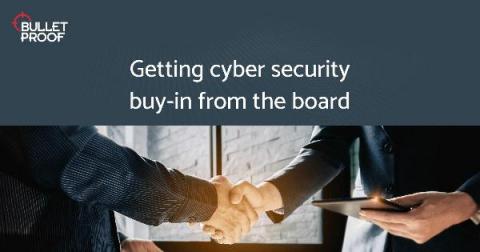How to Implement Effective Compliance Testing
Compliance testing, also known as conformance testing, is a periodic, independent, and objective assessment of compliance-related processes and/or controls. The goal of compliance testing is to determine whether the elements, processes, and controls of your compliance program are designed appropriately and operating as designed. Compliance testing follows an established process and plan as well as a risk-based approach.









